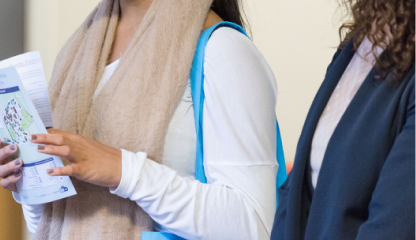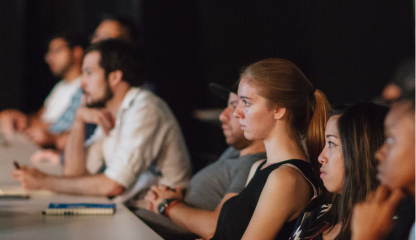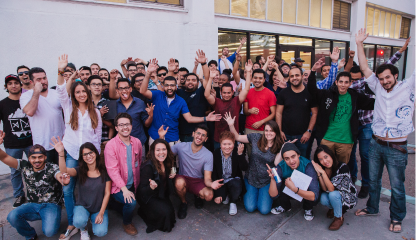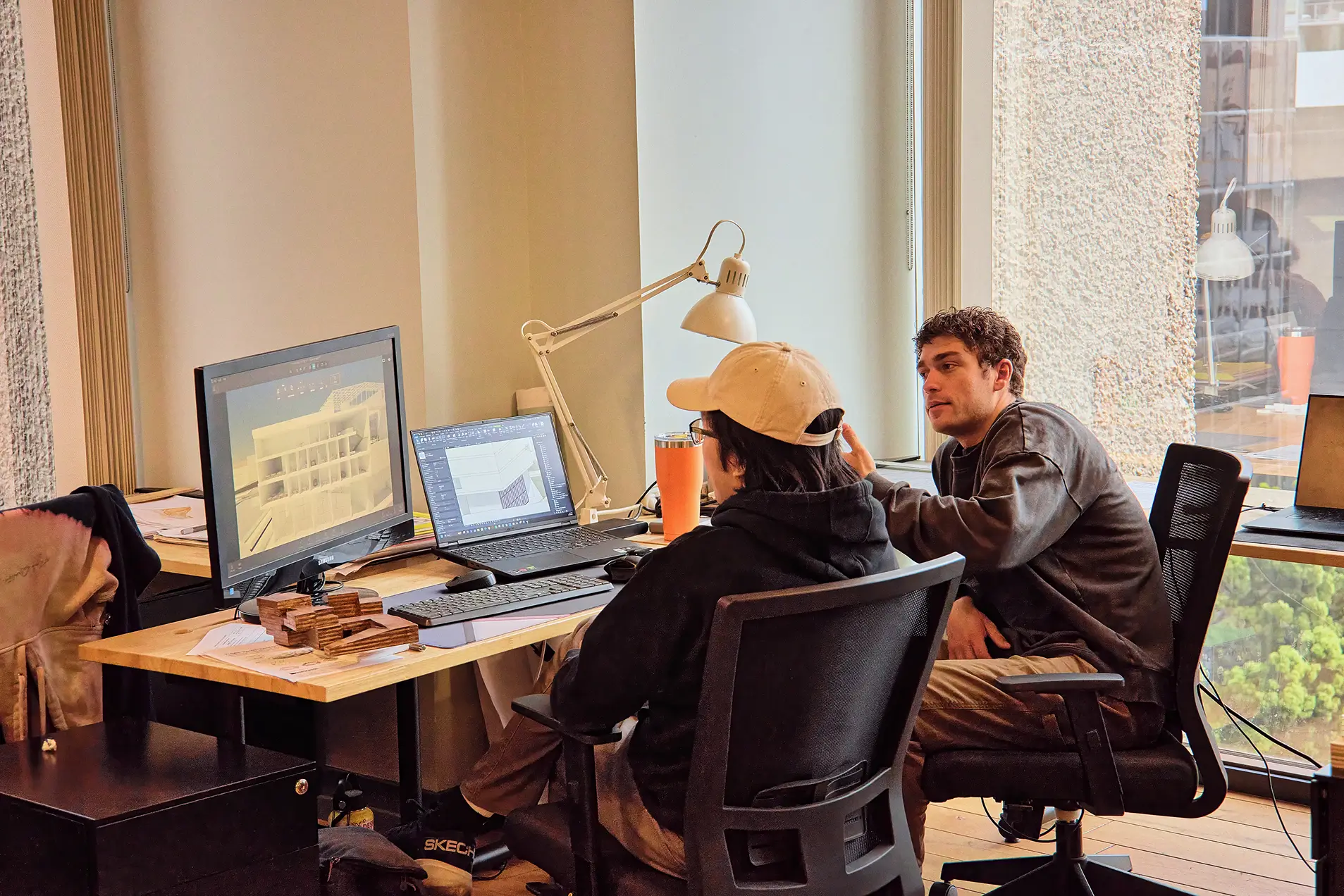At NewSchool, we believe in human-centered design—a problem-solving process that starts and ends with people. To be successful at that, our students learn to be Citizen Designers and Citizen Architects while they work on their studies as an architecture major.
Citizen Designers are members of a community first before they are students of design degree. They understand its context, its place, its culture. They take part in its democracy by interacting with government, community groups, and planning boards, as well as volunteering with nonprofit organizations. They do everything from sponsoring a Little League team to taking part in the discussion of what a city should look like over time. They are part of the lifeblood of the community. And as you would expect of a responsible citizen, they undertake projects that benefit the welfare of the community.
They also interact with their community as designers. They are not a “troubled genius” who swoops into a city, cape flying behind them, to plop down an ego-driven artifact and leave, never to be seen again. The Citizen Architect’s goal is to leave behind a project that considers the people who will live and work in that building. The Citizen Architect asks, What is the impact of this building on the greater context of our community?
One of NewSchool’s many champions for the concept of Citizen Architects is Mike Stepner, chair of our architecture programs, so I asked him to share some examples from the work he does with students in San Diego. Here’s what he told me:
“One of the things we have done at NewSchool since its founding is engage students in projects that are real—that have a client that is part of the community. The city often requests that students look at projects and issues, and then offer a proposal. We are an urban laboratory for the city.
“For example, Balboa Park is the heart and soul of the city. Years ago the school was asked by a former mayor to take a look at a lot of issues that were in the park and the students came up with some ideas in a broad based report that is still being used. A few weeks ago, I was asked to go to a meeting of the public-private Balboa Conservancy to re-present the student work to new members because they are using it as a wish-list of things they’d like to do.
“Another example is Mission Valley. We spent a year with three classes working on recommendations for this area, which was developed in a haphazard way. Our final review of the work was held in the office of a newspaper. That work is relevant again with media and government officials because of the Chargers moving from San Diego to LA. It is another example of how the work we do in class has a long life.
“In my studio class, we just completed in December two studies: one for Mira Mesa, which is a 1960s-70s suburban area that is ripe for change, and one for the area around San Diego State University at the request of the City of San Diego Community Planning Group. That planning group has requested a digital copy for their website and for the students to present at board and community meetings. For both, we were asked to come up with ideas. We forwarded our work to the city, and it becomes part of the city’s resources for what they want to do in the area.
“Another project was North Park, an older neighborhood. Our students did an urban study of the business strip, which has been used by the business improvement district. Many students have remained involved and there were grants for further studies and many continue to volunteer. They got hooked in class and stayed with it. I run into former students at community meetings all the time.”
The stories of the student learning experience are rooted in a project-based process. This way of teaching causes students to confront the most fundamental issues and needs of people through the section of projects that address community needs. The values imbedded in such a process lay the foundations for careers focused on benefit to the greater community. This is the process by which the notion of Citizen Designers and Architects evolves.
At NewSchool of Architecture & Design, we offer a wide range of degrees in architecture, design, construction degrees, and management. Contact our Enrollment Team today to learn about a degree program for you.








 619-684-8800
619-684-8800

